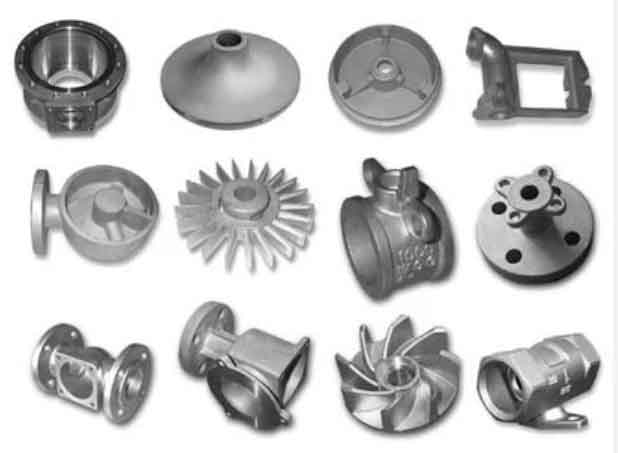Ductile iron casting offers several advantages that make it a cost-effective alternative to steel in various applications. While steel is renowned for its strength and durability, ductile iron casting provides a compelling combination of performance, versatility, and cost efficiency. Here are some reasons why ductile iron casting can be a superior choice:

- Strength and toughness: Ductile iron exhibits excellent strength and toughness properties, comparable to some grades of steel. It has a high tensile strength, allowing it to withstand heavy loads and impacts without deformation or failure. This makes it suitable for applications that require robust components, such as machinery, automotive parts, and construction equipment.
- Cost savings: Ductile iron casting is generally more cost-effective than steel casting or forging. The raw materials used in ductile iron, including iron, carbon, and alloying elements like silicon and magnesium, are more affordable compared to the alloying elements required for specific steel grades. Additionally, the casting process for ductile iron is typically less expensive and more efficient than forging or other shaping methods used for steel.
- Complex shapes and intricate designs: Ductile iron casting offers exceptional flexibility in creating complex shapes and intricate designs. The casting process allows for the production of components with varying wall thicknesses, undercuts, and internal features, eliminating the need for additional machining operations. This reduces material waste and machining costs, making ductile iron a cost-effective choice for components with complex geometries.
- Machinability: Ductile iron is known for its good machinability. It can be easily drilled, milled, turned, and threaded, allowing for precise machining and dimensional accuracy. This ease of machining reduces production time and costs associated with secondary operations.
- Corrosion resistance: Ductile iron can exhibit excellent corrosion resistance, especially when alloyed with additional elements such as nickel or chromium. In many applications, ductile iron can provide sufficient corrosion resistance without the need for costly coatings or surface treatments. This can lead to cost savings over using steel, which often requires protective coatings to mitigate corrosion.
- Reduced weight: While steel is known for its high strength-to-weight ratio, ductile iron can be a lighter alternative in certain applications. By optimizing the design and utilizing the unique properties of ductile iron, engineers can reduce weight without sacrificing strength or performance. This weight reduction can lead to cost savings in transportation, installation, and overall material costs.
- Lower production lead times: Ductile iron casting offers shorter production lead times compared to steel. The casting process allows for faster production rates and reduces the need for complex machining operations. Additionally, the availability of ductile iron casting facilities is widespread, making it easier to find suitable manufacturing partners and reducing transportation costs.
It’s important to note that the suitability of ductile iron casting as a cost-effective alternative to steel depends on the specific application and its requirements. Factors such as load-bearing capacity, environmental conditions, and industry standards should be considered when selecting the appropriate material. Nonetheless, ductile iron casting provides a compelling solution for many engineering applications, offering a balance between performance, cost efficiency, and design flexibility.
